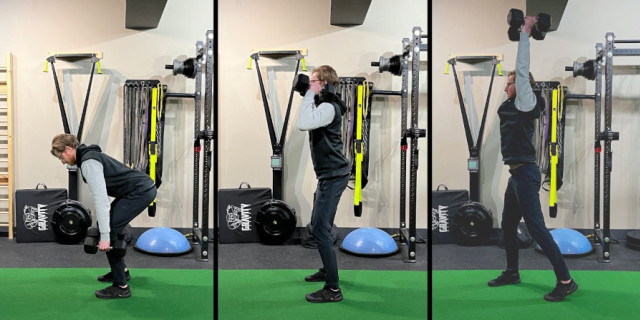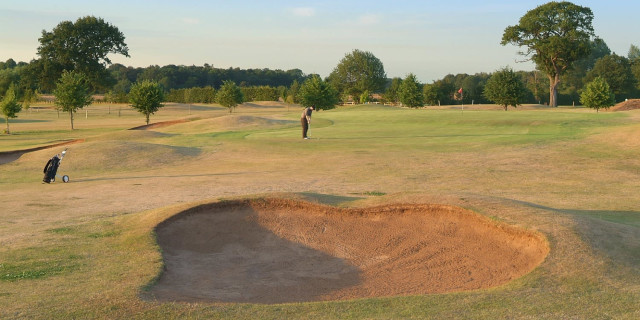
Slope Rating - What Does It Actually Mean
Following a series of articles Golfshake ran around the World Handicap System and Handicaps in general, a short survey was launched, completed by 1,800 golfers, which highlighted several key issues around understanding the forthcoming changes and in particular the slope rating system. Derek Clements explains what the slope rating is and how this will affect your handicap from November 2020 for golf club members.
The World Handicap System - All You Need to Know
The slope rating system was originally devised by the USGA and will play a key part in the new World Handicap System (WHS), as will be the course rating. Put simply, a course rating tells you how difficult (or easy) a course actually is.
We all know that not all par-72 courses are the same - it stands to reason that one measuring, say, 6,200 yards, with no trees, rough or water hazards, is going to be much easier than one that measures 7,400 yards, has thick rough, lakes and is littered with bunkers.
So a par-72 course that is easy might have a course rating of 68.9, while one that is difficult might have a rating of 74.5. That means a scratch golfer would be expected to average 68.9 at the easier course and 74.5 on the more difficult one.
The minimum slope rating is 55 and the maximum is 155. When it was first introduced, the USGA set the slope for an "average" golf course at 113; however, not many 18-hole golf courses have slope ratings that low.
Slope rating is calculated for each set of tees on a course, and a course may have a separate slope rating on certain tees for women golfers.
How Does it Work in Reality?

If we take two players who each average 85 shots for 18 holes on different courses, it doesn’t necessarily mean that they both have the same ability. Player A's average score might be achieved on a difficult course, with a slope rating of 150. Player B’s average comes on an easier course (a slope rating of 105). If both these courses have a par of, say, 72, on paper both golfers would have the same handicap, but it is obvious that Player A is the better golfer.
If these two golfers were playing one another, it is clear that Player B would actually need shots - slope rating allows parity, so because he plays on a course with a higher slope rating, Player A's handicap index will be lower than Player B's (when it is calculated using the slope ratings), despite the fact that they both average scores of 85. So when A and B get together to play, B will get shots from A.
Slope rating also allows golfers to go to different golf courses and adjust their handicap index up or down depending on how difficult each course plays.
By the time the WHS is introduced in the UK in November, every course will have been given a slope rating.
You will also need to know the course rating. The rating for each set of tees should be printed on your scorecard. The course rating reflects the number of strokes a scratch golfer should take to play the particular course in good weather, and take into account things like yardage and hazards.
Subtract the course rating from the bogey rating. If a golf course has a bogey rating of 92.1 and a course rating of 70.1, subtract 70.1 from 92.1 for a difference of 22. Multiply the difference between course rating and bogey rating according to gender. For male golfers, multiply the difference by 5.381; for women, multiply it by 4.24 and round to the nearest whole number. This is the slope rating. With a difference of 22 between the bogey rating and course rating, the slope rating is 118 for a man and 93 for a woman.
Tags: World Handicap System Handicaps daily picks









